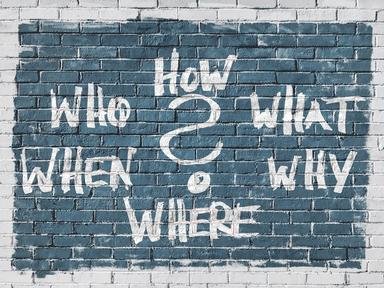Quiz Answer Key and Fun Facts
1. Henry VIII was the first English monarch to be addressed as "Your Majesty". Prior to this, what was the correct form of address?
2. The seventh century English Benedictine monk, Bede, was the first person to be given which title?
3. If you have addressed a letter to "The Honourable Joe Bloggs" which of the following should the recipient NOT be?
4. Which of the following are entitled to the style of office, "Right Honourable"?
5. Scottish Lairds and Barons have a particular style of address that is unique and is not used for any office in England. What is that title?
6. If you were to be addressed as "The Right Worshipful" what position are you most likely to be holding?
7. Which level of the United Kingdom nobility is entitled to be addressed by the honorific, "The Most Honourable"?
8. If you find yourself writing to an Anglican archbishop, how should you address him or her?
9. On her divorce from The Prince of Wales in 1996, the lady formerly known as "HRH The Princess of Wales" was given which new title?
10. In 1998 the UK parliament chose to drop two styles of office used in the House of Commons. One was "The Learned" used to address members of the Queen's Counsel. The other was which style, used for officers of the armed forces?
Source: Author
Snowman
This quiz was reviewed by FunTrivia editor
agony before going online.
Any errors found in FunTrivia content are routinely corrected through our feedback system.
